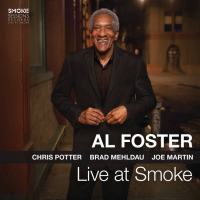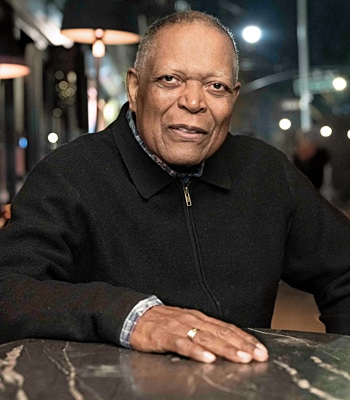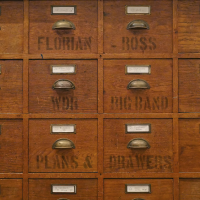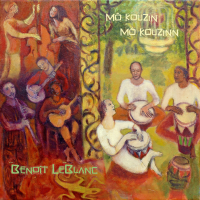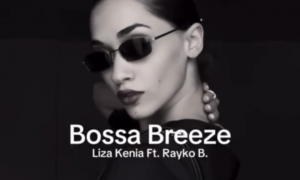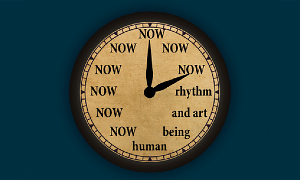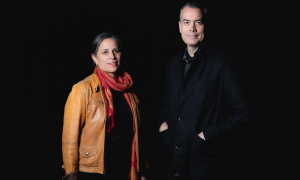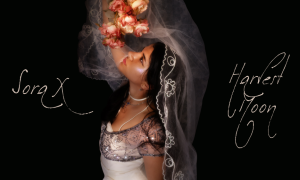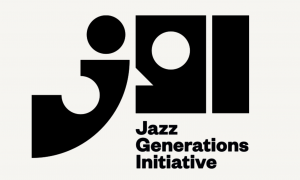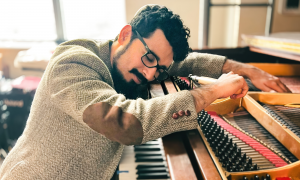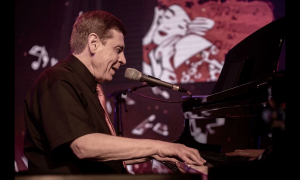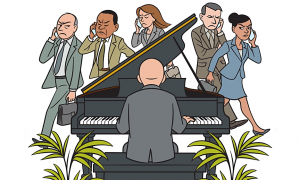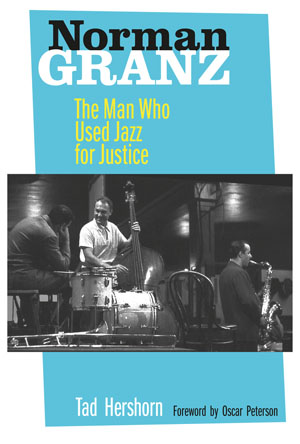
When I was a college student in Seattle in the 1950s, I became acquainted with Percy Heath, the bassist of the Modern Jazz Quartet. Following a Jazz At The Philharmonic Concert, Heath asked me to accompany him to a party at the home of a buddy from his days as a World War Two pilot in the Tuskegee Airmen. I met Heath and Ray Brown in the lobby of their hotel. As we were preparing to leave for the party, Granz walked by. Percy introduced me to him. We all chatted for perhaps 30 seconds, the impresario, two famous musicians and an anonymous student.
Flash forward. In the 1980s when I was living in San Francisco, I went to hear Dizzy Gillespie in the Venetian Room at the Fairmont Hotel. After his last set, I went backstage to greet Dizzy. As we talked, I noticed a figure seated at a table in the shadow of one of the ballroom curtains. Dizzy said, “Come over here and say hello to a friend of mine." The friend, I saw, was Norman Granz, whom I had met just that once, in passing, in 1956. As Dizzy spoke my name, Granz said, “Oh, yes, we met in Seattle."
For more on Granz, here's a video that popped up on YouTube a few months ago. Described as a “taster," it is apparently a promo for a documentary, but I have been able to learn no details about the full program.
Tad Hershorn, Norman Granz, The Man Who Used Jazz for Justice (California)
In his biography of the concert, recording and equal rights trailblazer, Hershorn praises Granz's achievements as thoroughly as he examines the impresario's notoriously abrasive manner. In the balance, Granz emerges as an admirable figure who bulled his way through or finessed his way around obstacles to gain acceptance for the music he loved while demanding just treatment of its musicians. The book is alive with anecdotes about virtually all of the major jazz figures of four decades, and with stories of what Granz achieved for jazz and society. Hershorn's work aids understanding of a crucial period of American history.



